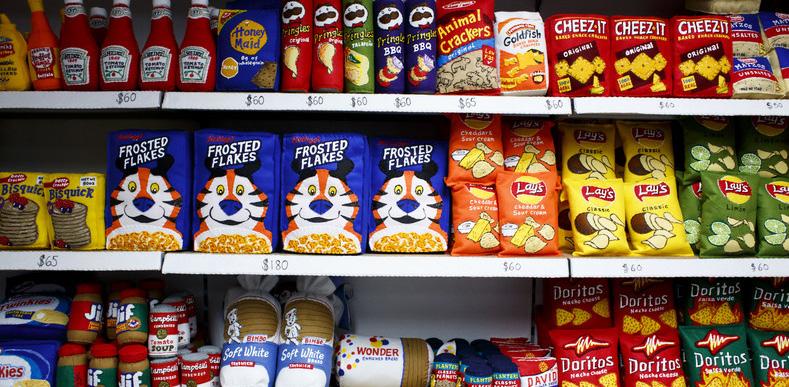
2 minute read
Editorial
CorporateDispatchPro

Editorial
Chain proaction
Some of the most enduring scenes of the coronavirus pandemic involve people battling it out over rolls of toilet paper. The images from supermarkets around the world provided plenty of material for hilarious memes but they were also an incisive metaphor for the fragility of global trade. Business planning is so intertwined with everyday life that when people’s routines changed overnight, we were caught with our pants down.
Although probably not acknowledged often enough, the networks of supplies that serve our needs and wants reacted with astonishing speed to readjust to the new patterns of life. Manufacturers pivoted production to roll out paper for domestic use in larger volumes, wholesalers reworked their orders, stores cleared their shelves and revised their stocks. The toilet roll shortage was forgotten in a matter of weeks.
Even more remarkable, is that this amazing turnaround was replicated for every other product across every other sector: from engine oils to whiteboard markers to cereal bars. The supply chains enveloping the earth quickly rearranged themselves to respond to the new reality without much disruption for consumers.
But it is not over yet. If the shock of the outbreak rattled commerce and consumption, the unpredictability of the recovery is creating persistent bursts of instability. The business climate has changed for good, but the change itself has still not settled and companies are drifting in a state of temporariness even if they have managed to steady the ship. If the global freeze on movement does not present a challenge great enough for supply chain management, unease in the international community with China – the world’s biggest exporter of goods – surely does.
YOUR PURPOSE IS YOUR BIGGEST ASSET




CorporateDispatchPro



The spat with the US is rapidly escalating into a trade war, now spilling over into services such as WeChat and TikTok. Meanwhile, Beijing is also registering growing tensions with other significant regions including Australia, Canada, and Sub-Saharan Africa. Right across its south-western border, India is stirring up an effort to boycott Chinese imports while voices for ‘supply autonomy’ are becoming louder among EU states.
Efficient supply chains developed over decades risk being broken with the emergence of a different business environment and isolationist tendencies. But these changing conditions themselves will generate new opportunities for value creation and innovation; smarter supply chains will pave the way for a new equilibrium and trust in international trade.
The restroom crisis earlier this year is the nudge we needed to radically rethink tomorrow’s supply network. If companies fail to raise questions about their supply chain now, all the energy, creativity, and investment channelled to cope with the pandemic will be resources flushed down the drain.



